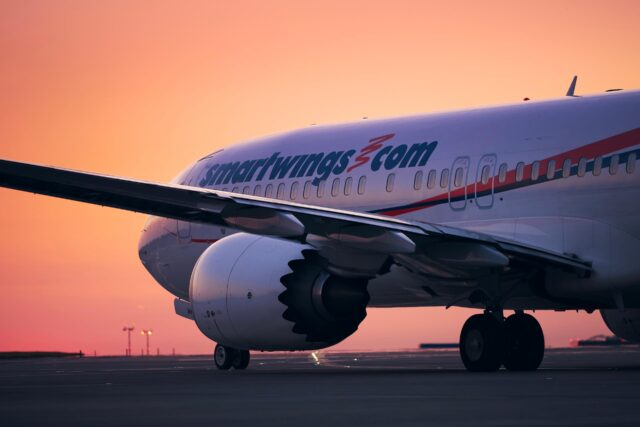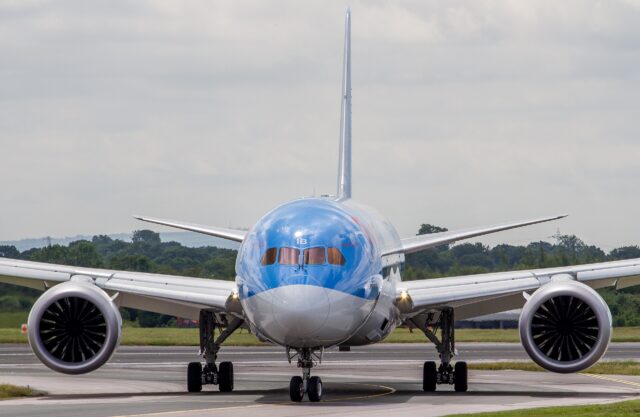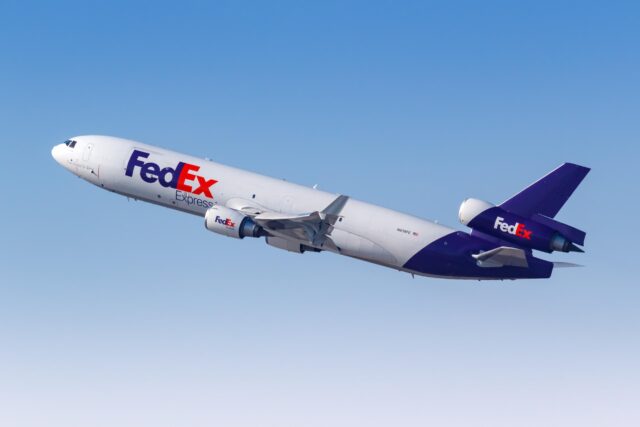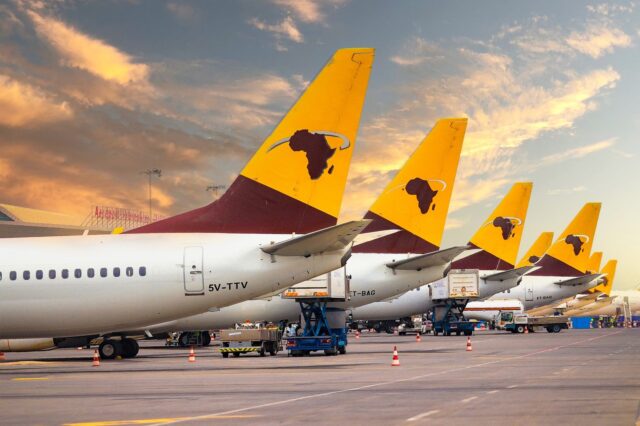India’s Tejas Mk1A completes maiden flight from HAL’s Nashik facility

October 17, 2025

India’s indigenous fighter programme has reached a new milestone.
On 17 October, Hindustan Aeronautics Limited (HAL) successfully carried out the maiden flight of the first Light Combat Aircraft (LCA) Tejas Mk1A built at its brand-new Nashik production line in western India, a major step forward in the nation’s push for aerospace self-reliance.
Defence Minister Rajnath Singh watched the take-off in person and officially inaugurated HAL’s third Tejas production line, which will boost output of the aircraft from 16 to 24 units per year.
“There was a time when the country was dependent on other countries to meet its defence needs, and almost 65-70% of defence equipment was imported,” Singh said in his address. “Today, this situation has changed; now India is doing 65 per cent manufacturing on its own soil, and soon, we will take our domestic manufacturing to 100%.”
Maiden flight of the first Tejas Mk1A from the third production facility in Nashik.
— Akash Sharma (@kaidensharmaa) October 17, 2025
Accompanying it are the Su-30 MKI and HTT-40 jet. pic.twitter.com/Gpvn9blOJl
The Tejas Mk1A took off from Nashik at around midday local time, flying a local proving hop from HAL Nashik–Ozar, accompanied in the air by a Su-30MKI and HAL’s HTT-40. The mixed formation doubled as a prudent chase/safety setup and a set-piece to highlight the freshly inaugurated Tejas Mk1A and HTT-40 lines at Nashik, while nodding to the plant’s Su-30 heritage.
Arriving back at the base, the Tejas received a water cannon salute, a traditional aviation honour for significant flights and achievements.
Ceremonial water salute at HAL Nashik marks launch of new production lines for HTT-40 & Tejas Mk1A, a leap for indigenous military aviation. pic.twitter.com/MBGo2bWR49
— Defence Decode® (@DefenceDecode) October 17, 2025
The Tejas Mk1A variant first flew in March 2024 from HAL’s Bengaluru facility, marking the beginning of its test campaign. With series production now underway at Bengaluru and Nashik joining as a second site, deliveries to the Indian Air Force are expected before the end of FY2024–25, leading to initial operating capability in 2026 once the first squadron completes validation.
HAL Tejas Mk1A production line in Nashik to boost India’s fighter jet output
Constructed in less than two years at a cost of INR5 billion ($60 million), the Nashik facility can produce eight aircraft annually. Together with HAL’s two Bengaluru lines, total Tejas Mk1A production capacity now reaches 24 aircraft per year.
The expansion arrives as the Indian Air Force (IAF) faces a temporary shortfall, with 29 active fighter squadrons out of a sanctioned 42 following the retirement of MiG-21 Bison jets.
The IAF ordered 83 Tejas Mk1As in 2021 for INR480 billion ($6 billion) and added a follow-on order for 97 aircraft in August 2025 worth INR620 billion ($7.8 billion). Deliveries from Bengaluru have begun, while Nashik-built jets will accelerate induction.
HAL plans to deliver 12 Mk1As by FY2025–26, reaching full capacity by FY2027–28, with ambitions to raise annual output to 30 aircraft through private-sector partnerships.
Early deliveries were delayed by a five-year production pause of GE Aerospace’s F404-IN20 engine, which powers the Tejas Mk1A. With manufacturing now resumed, HAL can meet its ramp-up targets.
The single F404-IN20 produces 19,000 lb of thrust, pushing the fighter to Mach 1.6 and a range of 3,000 km.
Tejas Mk1A specifications and advanced avionics
The Tejas Mk1A is a 4.5-generation multirole light fighter featuring an advanced avionics suite and significant indigenous content.
Key systems include:
- Active electronically scanned array (AESA) radar
- Digital radar-warning receivers and EW suite
- Beyond-visual-range (BVR) missile capability
- Indigenous flight-control actuators and quadruplex fly-by-wire system
The glass cockpit integrates a helmet-mounted sight and hands-on-throttle-and-stick controls for superior pilot awareness and lower workload.
Its lightweight structure uses carbon composites and aluminium-lithium alloys for agility and efficiency. With nine hardpoints, it can carry air-to-air, air-to-ground, anti-ship, and precision-guided munitions.
Strategic role of Tejas Mk1A in India’s future fighter fleet
The Mk1A will serve as the backbone of India’s air combat capability, bridging the gap before next-generation designs such as the Tejas Mk2 and Advanced Medium Combat Aircraft (AMCA) arrive.
Across both orders, HAL will deliver 180 Mk1A jets by the early 2030s. Modular avionics and open architecture will enable ongoing software and weapons upgrades to keep the aircraft operationally relevant for decades.

Internationally, the Tejas Mk1A competes in the light-fighter segment with the KAI FA-50, Saab Gripen C/D, and Leonardo M-346FA.
Priced between $60–65 million per unit, the Tejas sits above the FA-50 but well below the Gripen E, offering a strong value proposition with advanced systems and indigenous manufacturing.
Its success underscores India’s emergence as a credible combat-aircraft producer, moving from licence-built designs to homegrown innovation.
HAL Nashik plant transforms into an indigenous fighter hub
HAL’s Nashik facility has a rich heritage of licence-producing Soviet- and Russian-origin fighters, including the MiG-21 and Su-30MKI. The transition to building the Tejas Mk1A and HTT-40 trainer marks a turning point for India’s aerospace industry.
Ten HTT-40 trainers are scheduled for delivery this fiscal year, complementing fighter production and reinforcing the country’s end-to-end defence manufacturing ecosystem.
The first flight of the Nashik-built Tejas Mk1A is more than a test; it’s a defining moment for India’s aviation ambitions.
It showcases HAL’s growing industrial maturity, the IAF’s modernisation drive, and India’s determination to design, build, and scale production of a world-class combat aircraft.
As serial production accelerates, the Tejas Mk1A is poised to become the cornerstone of India’s airpower and a global symbol of its advancing aerospace capability.
















